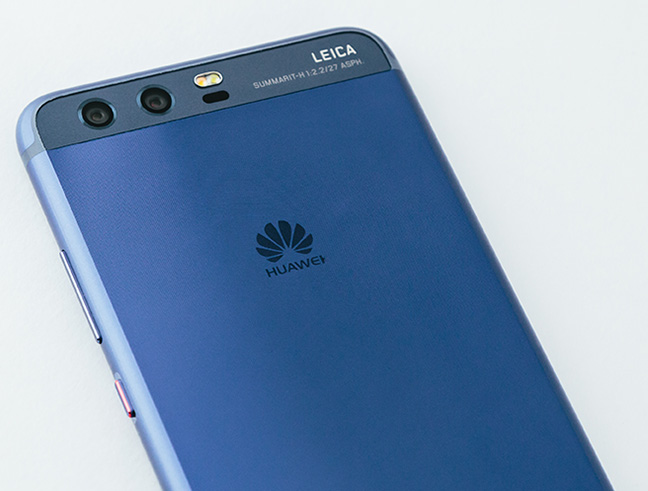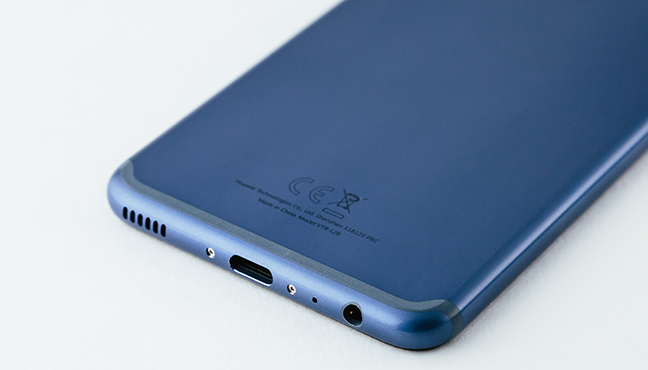This article is more than 1 year old
Huawei's P10 breathing on Samsung's shoulder
Pocket powerhouse
Hardware


The P10 sees only one significant change over the still-warm P9: the fingerprint sensor has moved to the front, allowing the P10 to perform its great party trick. This is the ability to use swipes to replace the three main navigation bar actions: tap to go back, hold to go home, and swipe to invoke the task switcher. I described it in some detail here, and to emphasise, you need to give yourself a couple of days to get used to it.
Once you do get used to it, though, it’s very natural. Swings and roundabouts: in a couple of ways it’s a step back. Like our own Tim Anderson, I missed the rear-placed sensor for its ability to let you see notifications with a swipe, and the “pull down” to see the notifications hasn’t been implemented here.
And you may also find Huawei’s “reachability” operation much harder on the P10s than on the P9 and its Mate line. This shrinks the display output to make the top easier to reach. Without a navigation bar, you must now swipe diagonally in from a corner, which was hardly ever successful. So for two tasks the new multiswipe wonder sensor makes things more inconvenient than before.
To accommodate the front-placed sensor on a phone the same size as before, the screen has shrunk a little, from a 5.2-inch diagonal to a 5.1-inch diagonal. As before, it’s still plain ol’ HD (1080x1920), meaning the pixel density is better. It’s a splendid display, although I did miss the option to down-sample the display to 720pixels, a power-saving feature that produced very bold text on previous Huaweis.
Inside there’s the Kirin 960 silicon used in the Mate 9, a 2.4Ghz/1.8Ghz octocore, allied to 4GB of RAM, and 64GB of ROM. The usual arrangement of a dual SIM / SIM + microSD is present; only one can be set to 3G/4G at a time. And as usual with Huawei, the radio performance is excellent, picking up and maintaining a signal well.
I didn’t experience any lags or stutter – something you expect from systems deploying garbage collection or memory compression – and the new fast app-startup optimisation ensured almost instant er, app startup.
Perhaps thanks to all that aggressive nagging, the P10’s 3200mAh battery had no problem getting through a busy day. Like all new flagships, it lays claim to charge to 50 per cent in 30 minutes, in this instance, using Huawei’s proprietary technology.
Not to labour a point repeatedly brought up in recent Huawei reviews, but side by side, its phones do make Apple’s efforts look cumbersome. The iPhone 7 is only a little shorter (7mm) than the P10, and barely any less narrow (2.2mm), but the Apple flagship’s pokey 4.7 inch diagonal (750x1334, or 325ppi) display gives you much less information. Side by side, it’s striking.
